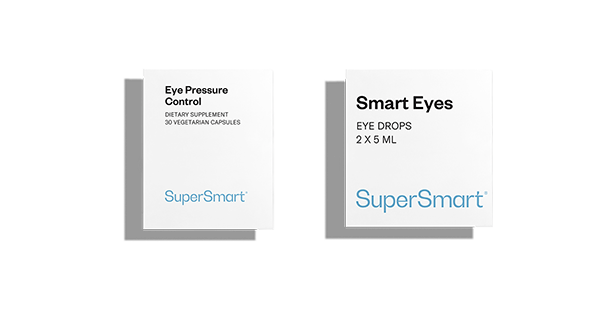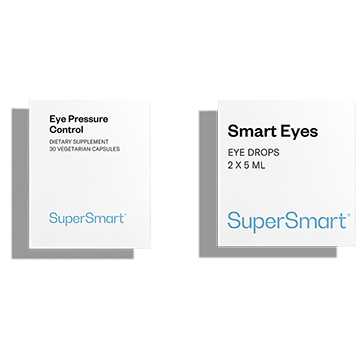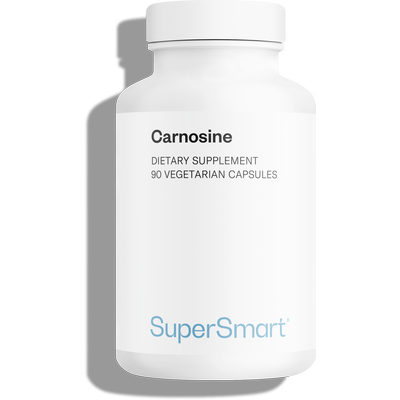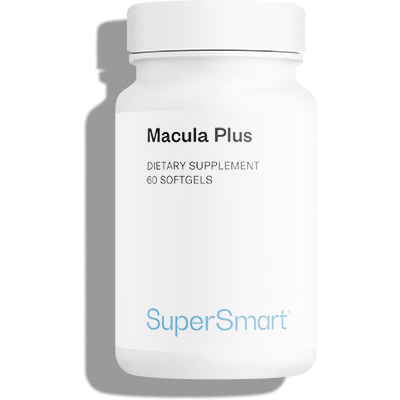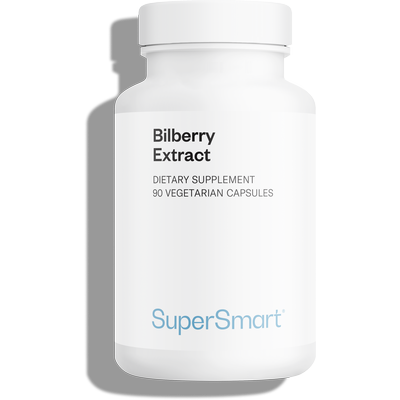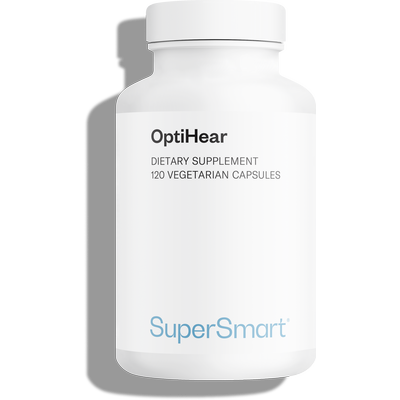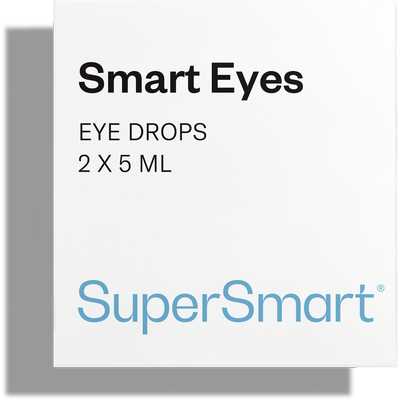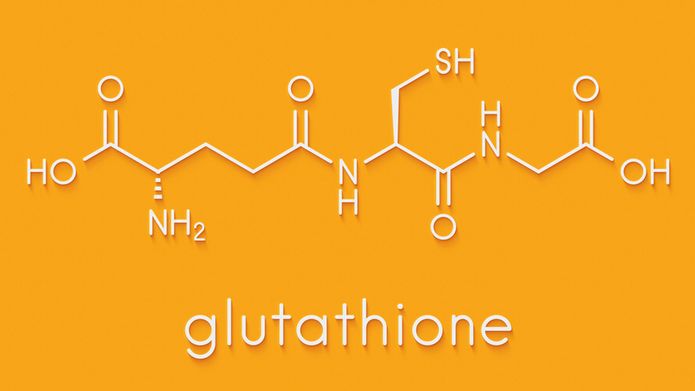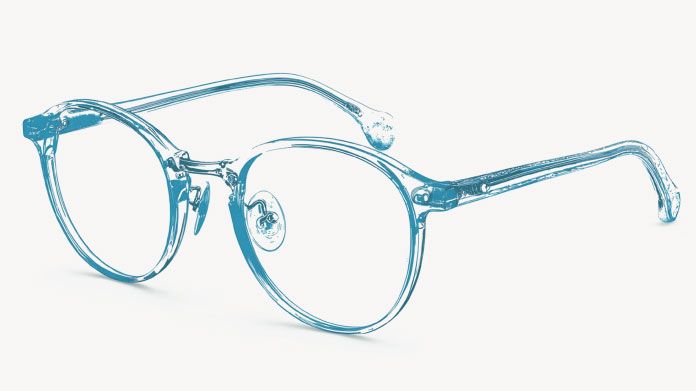In stock
Eye Pressure Control + Smart Eyes
Complete your selection
What is in Eye Pressure Control + Smart Eyes
Any questions?
Our team of nutrition experts and scientists has the answers.
The eye has a hydrolipid barrier: it therefore needs to be supplied with water-soluble antioxidants such as anthocyanins, as well as lipid-soluble ones such as carotenoids, in order to protect the PUFA-rich retina. Lutein, zeaxanthin and meso-zeaxanthin are the three carotenoid pigments most highly-concentrated in the retina: they’re also responsible for the macula’s yellow colour. Eye Pressure Control combines very well with other supplements available to buy at Supersmart Lutein 20 mg, Smart Eyes or Macula Plus, a top of the range formulation with a high carotenoid content.
To prevent any stomach problems, Eye Pressure Control should ideally be taken with, or just after, food.
Buy Eye Pressure Control capsules to improve eye health.
- Avoid using corticosteroids in the form of eye drops or oral solutions.
- Prioritise nutrition for eye health by eating a diet high in fresh fruit and vegetables.
- Avoid drinking excessive amounts of fluid at any one time to prevent sudden increases in intraocular pressure.
- Reduce your intake of caffeine and don’t smoke.
- Take regular exercise, avoiding activities which are overly intensive and yoga postures and exercises that involve lowering the head as this can increase pressure in the eyes.
- Protect the eyes from the sun’s UV rays by wearing sunglasses that filter out 100% of UV light.
This product’s capsules are composed of HPMC (hydroxypropyl methylcellulose), a plant substance derived from cellulose. HPMC is widely used for medicines and dietary supplements. It contains no animal ingredients, is recognised as safe by health authorities and is considered more sustainable than synthetic alternatives.
Need help?
You may also like
of experience
your money back
##montant## purchase

